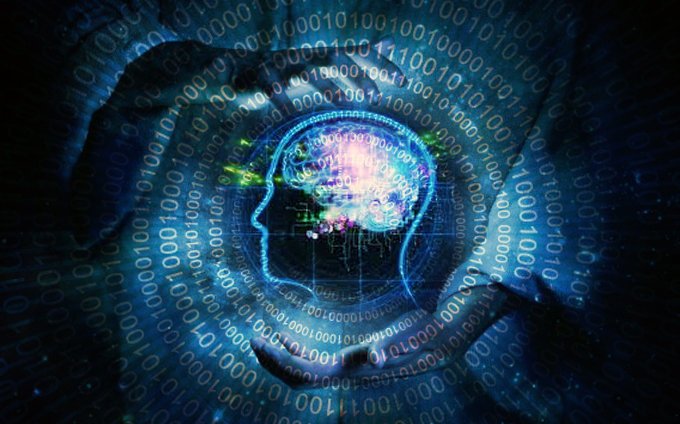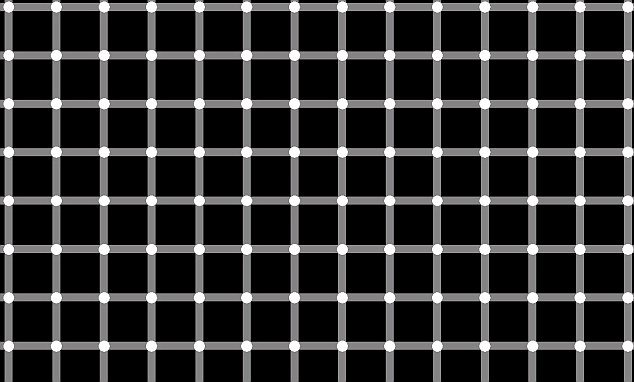
There are three classes of people: those who see, those who see when they are shown, those who do not see. --Leonardo da Vinci
The way most of us think about the subconscious mind is this: it’s hard to perceive, sometimes hidden from view, and very often it’s regarded as it’s own universe entirely: a universe of symbols and hidden meanings that can only be accessed through special means.
What if you found out that most of this wasn’t only wildly inaccurate, but that this way of thinking about the subconscious kept us from fully understanding it?
It’s your lucky day.
The first inaccuracy is the lack of degrees. The functions of the subconscious mind can be hard to perceive and they can sometimes be hidden from view. On the other hand, some are easy to perceive, and others are many degrees in between depending on the specific way they must be observed. Some are hidden from view, and yet, can be seen indirectly.
The second inaccuracy is that it’s something separate from the conscious mind, somehow exists within it’s own unique universe, and can only be interacted with by special means. Again, the inaccuracy is primarily in the lack of degrees. For example, the conscious mind both is and isn’t separate from the subconscious mind, and there are degrees of separation, depending on exactly how go about establishing what separates them or how they’re separated.
The conscious and subconscious mind are more like a piece of paper folded in half than two unique and separate entities. When you look at them as a piece of paper, they remain one, yet each one has sort of their own unique existence created by the fold. And herein lies the greatest misunderstanding about the “two minds”-- they’re actually one. They’re merely two parts of the same system, each with different functions and require each other to function.
But wait, there’s more. But be forewarned, at this point it gets a bit trippy.
This is how the conscious and subconscious minds are wired up, in relation to our sensory organs.
[sensory organs] --> [subconscious mind] --> [conscious mind]
The thing to notice here is that the subconscious mind is between our sensory organs and our conscious mind. What mind blowing insight can we draw from this? Well... if you follow the path you can see that our subconscious mind receives the output or the sensory organs first, and then passes it on to the conscious mind. Note there’s no direct link between our conscious minds and our sensory organs. Isn’t that strange? That would mean that...
Take all the time you need.
Ready?
The experience you take to be “reality” isn’t. You’ve been living inside your subconscious mind your entire life. All of your conscious experience is your subconscious mind sending information to your conscious mind.
I know, extraordinary claims require extraordinary proof. So, if what I’ve just said were true, then there would be ways seeing it first hand, with our own eyes. Well, the most straightforward way to determine if we live in the Matrix is to cause a glitch.
Here you go:

What black dots? There’s no black dots.
Great blog.
I read somewhere that scientists discovered our bodies act before we think. We act instinctively and then reason through our actions. For example, your hand involuntarily reaches for a cup of coffee and, upon noticing it, you think that you want a coffee. It all happens so quickly that you are convinced it was the thought that motivated you to act. In relaity, your conscious mind wasn't involved almost at all.
It's funny how many people are actually terrified at the very thought of subconscious mind even being there. Some people, when they think of it, they imagine some sinister thing controlling their life. Its relative independence from the conscious mind means that they have no control over it. Instead of wanting to learn how to communicate and access the subconscious, they pretend it is not there.
You might enjoy this TED talk. It shows some of the research you mentioned, but seeing it in action is fascinating. If you don't have time for the whole thing, the main experiment starts at about 10:22.
This video applies some of the research he talks about. Watch (possibly twice, as it's a catchy tune) and then ask for the spoiler. :)
I didn't think I liked Devo until someone played me their basement demo recordings. Changed my whole view of them.
Ok... spoiler?
Watch the guy with the glasses. Or, watch his glasses.
He's changing the filter he uses to look at the world?
https://en.wikipedia.org/wiki/Change_blindness
This is a nice roundup of a lot of research, some of it I haven't thought about in awhile.
It's all great stuff, but a bit dated even for 2015. It's like he's scratching around the brim of dual process theory but hasn't quite had the full "aha!" yet.
Dual process theory is new to me. I'm digging into it now and will get back to you soon.
Downloaded. Will watch soon.
Have you ever danced with the devil in the pale moonlight? I'll get back to that.
The conscious mind isn't involved in tasks that don't require it. For example, I was consciously focused on the mechanics of typing when I was learning to type, now my subconscious mind taken has taken over that task for me so that I can get onto more interesting things, like focusing on the words and the meaning of what's being typed. It's pointless to ask me what the specific reasoning is behind any motion my fingers make, I'm not thinking about my fingers as I'm typing.
A lot of research that relies on self-reports (i.e. researcher pokes subject and asks them "Why are you doing that?") fails to recognize that simply asking the question is the reason for the answer. If you were to stop someone in the middle of reaching for a coffee cup, and ask them why, you have stopped them in the middle of an action for which no such answer was needed. The reasoning for their actions are on a higher level than merely reaching once for a coffee cup. It takes several reaches for the cup to drink the entire thing, so thinking out and planning each and every step would be a considerable waste of brain power, just the same as intentionally planning out each key I press as I type.
So what's really going on here is that the person being asked the question is being put on the spot to come up with an answer. Unfortunately, the norm is to accept one's thoughts automatically. There's lots of mayhem and fun that can be had knowing this:
Click, whirr.
What's your favorite flavor of bowling ball?
Nail, hit right the on head. 10 points.
Thought you might dig the following quote:
That's a good quote, I do like it! It reminds me of the anecdote about Niels Bohr and a horseshoe.
Thank you for this. I often identify with my conscious mind and forget that it's all part of one whole. I love the way you explained this.
Congratulations @hartnell! You have received a personal award!
Click on the badge to view your Board of Honor.
Do not miss the last post from @steemitboard:
SteemitBoard World Cup Contest - The results, the winners and the prizes